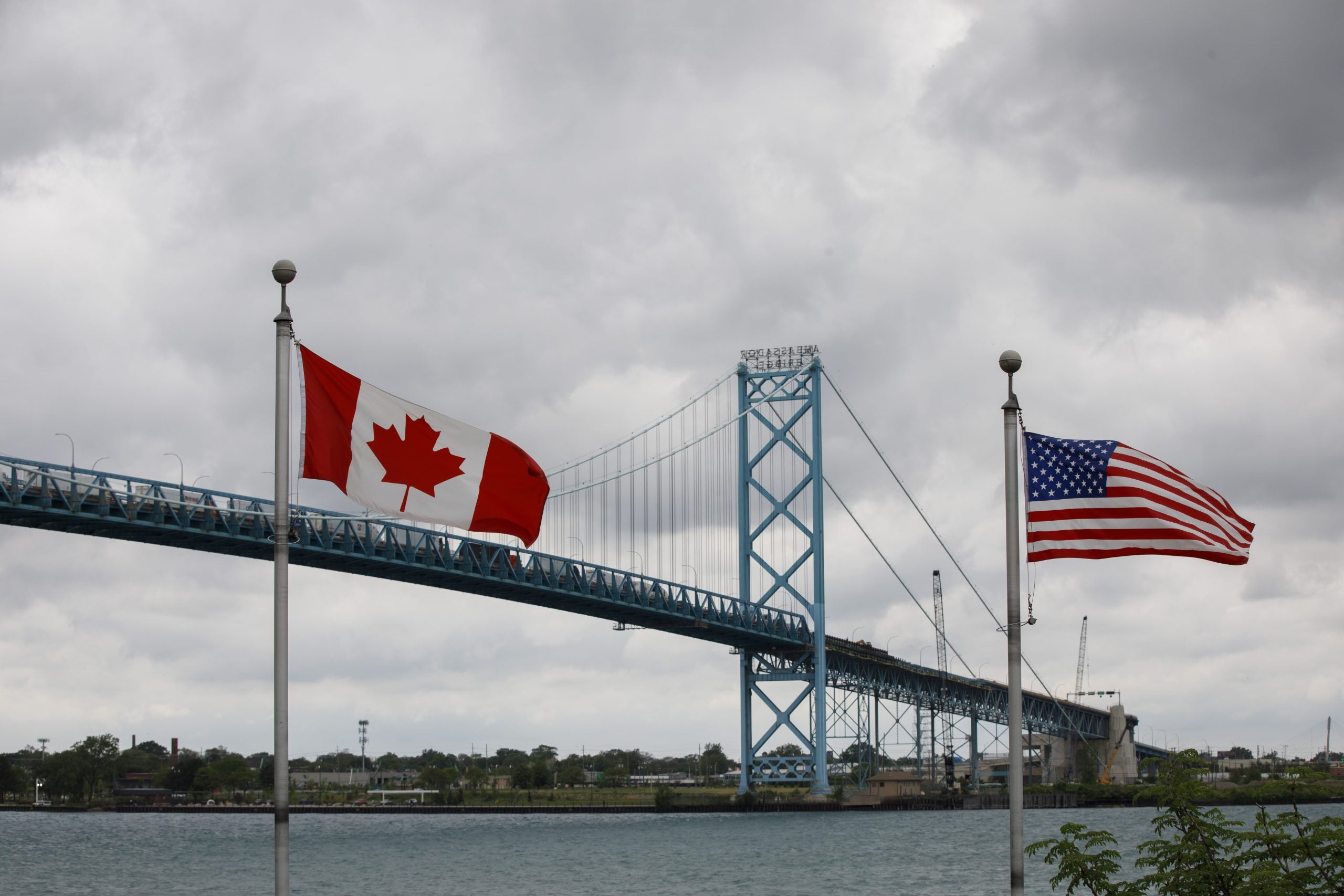Everything you need to know before taking a road trip to Canada
Canada on July 19 said it would reopen its borders to fully vaccinated U.S. citizens beginning on Aug. 9.
It will be the first phase of a two-step reopening process.
U.S. citizens and permanent residents who have been fully vaccinated (14 days past the final dose) will be allowed to enter Canada for nonessential travel purposes beginning Aug. 9. Canada also said it intends to open its borders to citizens of other countries as of Sept. 7 if the pandemic doesn't worsen.
The government said it's using a "border testing surveillance program" at its air and land border crossings. Fully vaccinated travelers will not need to take a negative COVID-19 test upon entry unless they've been randomly selected to take one. You will, however, need to pack a negative test result in addition to your proof of vaccination. (More on that later.)
Canada might be a suitable option for Americans who haven't traveled during the pandemic. Because Canada is drivable from many parts of the U.S., it's an excellent option for people who want to get out of the country but aren't comfortable yet flying long distances.
Here's what you need to know about driving to a reopened Canada.
For more TPG news delivered each morning to your inbox, sign up for our daily newsletter.
How to enter Canada from the US
There are dozens of entry points by land into Canada from the U.S. But the most visited include the Windsor-Detroit border, Buffalo-Niagara Falls; Port Huron, Michigan; Maine; and Blaine, Washington, according to Bureau of Transportation Statistics data.
When you cross into Canada from the U.S., a border agent will ask the purpose of your trip and whether you feel well. Travelers crossing the border by land must wear a mask, bring a negative test result, use the ArriveCAN app to upload proof of vaccination and follow border crossing procedures.

What documents do you need to drive to Canada?
Driving into Canada from the U.S. is relatively simple compared to other destinations.
Travelers driving into Canada from the U.S. must have a valid I.D., such as a U.S. passport. Unlike most of the world, a passport card is also accepted on the land border. Children under 16 need only show proof of U.S. citizenship. The following forms of identification are accepted for U.S. citizens:
- U.S. Passport
- U.S. Passport card (for land and marine travel only)
- NEXUS card
- Enhanced Driver's License (for land and marine travel only)
U.S. citizens who are members of the NEXUS program show their membership card as proof of identification when arriving in Canada by air (from the U.S.) land or sea. U.S. citizens in the FAST program can use their cards when arriving by land and sea only.
U.S. permanent residents are required to carry an electronic travel authorization (eTA) only when arriving in Canada by air. Their foreign passport must be linked to a valid eTA, and they must also travel with proof of their permanent resident status to qualify for a visa exemption.
Starting Aug. 9, fully vaccinated travelers won't need to take a negative COVID-19 test upon entry to Canada unless they've been randomly selected for testing. However, the pre-travel testing mandate remains in place even for vaccinated travelers. Travelers arriving in Canada by land or air need to take a negative COVID-19 test within 72 hours of departure. Both PCR and RT-PCR tests are accepted, but antigen tests are not.
Unvaccinated children under 12 will be allowed to enter Canada but must submit their information electronically through ArriveCAN and meet all testing requirements. Travelers need to be able to provide a paper or digital copy of their vaccination documentation in English or French, according to the Canadian government.
Use Nexus to expedite arrival
If you're a U.S. citizen who visits Canada often, you may want to consider getting Nexus so you can also enjoy expedited customs processing there. It's a program between Canada and the United States for preapproved, low-risk travelers at designated air, land and sea ports of entry.
Nexus is 50% less expensive than Global Entry ($50 per adult and free for children under 18). However, you must enroll at a center along the Canadian border. Clearing Canadian customs and immigration can take a while, so this would save you a lot of time.
And once you have Nexus, either as a U.S. citizen or permanent resident, you also get Global Entry and TSA PreCheck. Nexus is available at 21 land locations when entering Canada. However, the Canada Border Services Agency implemented temporary lane closures that will remain in effect until "further notice."
Global Entry
If you want to expedite your entry back into the U.S., you can also get Global Entry. You can enroll upon arrival at various airports in a handful of states, plus Canada, Ireland, the Bahamas, Abu Dhabi, Aruba and Bermuda.
Global Entry cards are acceptable at land points of entry for expedited entry into the United States via the SENTRI and Nexus lanes. However, you can't use your Global Entry membership to enter Canada through the Nexus lanes.
Coming back to the U.S.
Travelers coming back to the U.S. from Canada by land aren't required to have a negative COVID-19 test. However, travelers flying into the U.S. from Canada must provide a negative COVID-19 test taken three days before departure.
